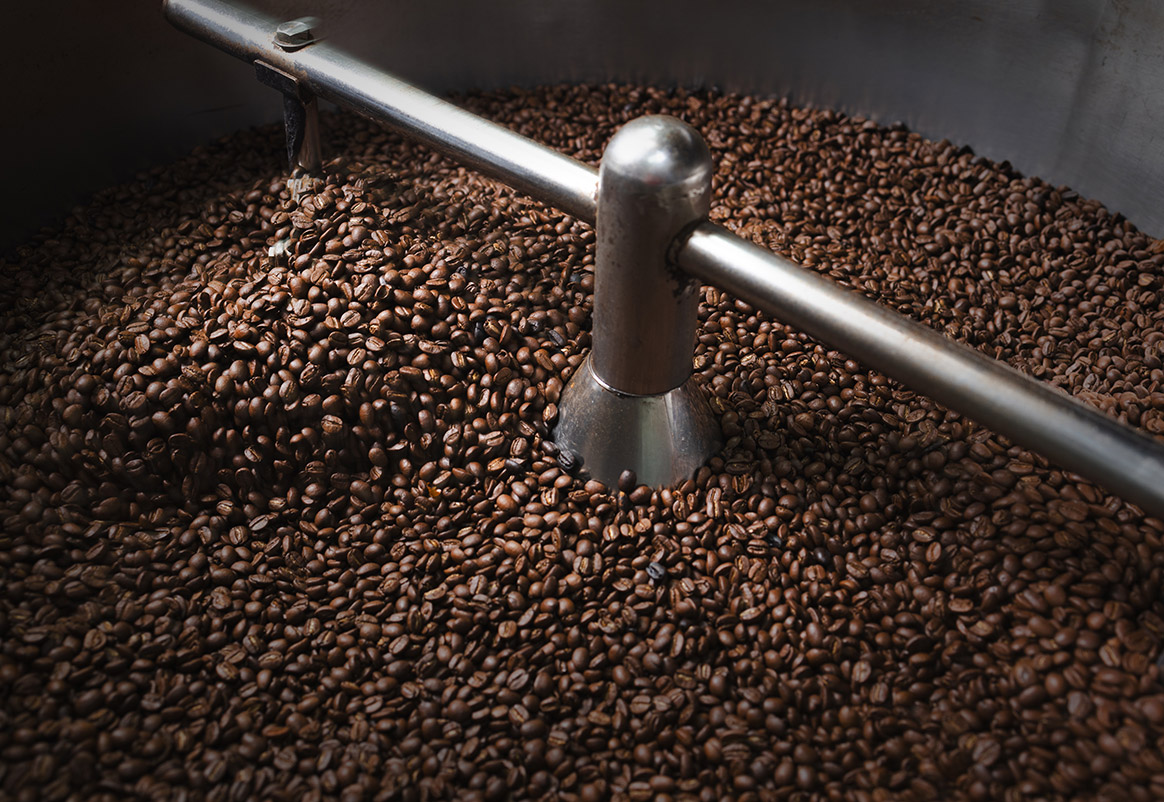When you sip your morning coffee, you might not realize the journey it has taken to reach your cup. Let’s explore the main types of coffee, where they come from, and who drinks them the most.
In the world of coffee, two main types dominate the market: Arabica and Robusta. Arabica is the more popular choice, accounting for about 60% of global production. It is known for its smoother, more complex flavor. Robusta, making up the remaining 40%, has a stronger, more bitter taste and contains more caffeine.
Coffee grows in a region known as the “Bean Belt,” which stretches between the Tropics of Cancer and Capricorn. Brazil stands out as the world’s largest coffee producer, responsible for about one-third of all coffee production. They are particularly known for their Arabica beans. Vietnam follows as the second-largest producer, focusing mainly on Robusta beans.
Colombia is famous for its high-quality Arabica beans and is part of a group called “Colombian Milds” in market reports. Other significant producers include Indonesia, which grows both Arabica and Robusta, and Ethiopia, the birthplace of coffee, known for its unique Arabica varieties.
When it comes to consumption, the United States leads as the world’s largest coffee consumer by volume. European countries are also major consumers, with Germany being the largest consumer in Europe. Interestingly, some countries play dual roles in the coffee world. Brazil, for instance, is not only a top producer but also a significant consumer of coffee.
Japan stands out as the largest consumer in Asia, known for its unique coffee culture. Italy, famous for its espresso, is another notable consumer. These countries often prefer Arabica beans, but many popular blends use both Arabica and Robusta to balance flavor and cost.
The coffee market is dynamic, with prices fluctuating based on various factors. The International Coffee Organization (ICO) publishes a daily composite indicator price, which serves as a global benchmark. In August 2024, this price averaged 238.92 US cents per pound, reflecting the complex interplay of supply and demand in the coffee world.
Weather plays a crucial role in coffee production and prices. A single frost in a major producing country like Brazil can impact the global coffee market significantly. For example, a severe frost in 1994 led to a 60% increase in coffee prices worldwide.
From the sun-drenched fields of Brazil to the cafes of New York and the espresso bars of Rome, coffee connects people and cultures around the world. Whether you prefer a smooth Arabica or a strong Robusta, your daily cup is the result of a fascinating global journey.
